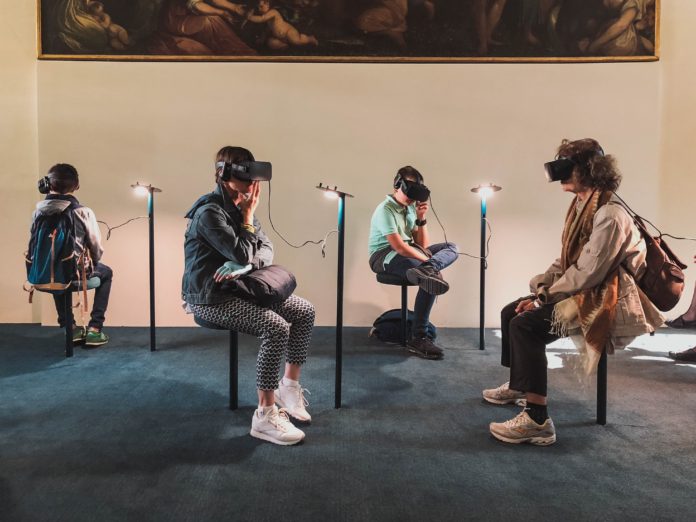Over the last two decades, the global learning industry gradually evolved to include technology-oriented learning approaches such as MOOCs, LMS, and LXPs. However, the COVID-19 pandemic forced academic institutions and training providers to swiftly transform the learning industry as remote and hybrid learning environments became increasingly mainstream.
Even as the world adjusts to an endemic phase of COVID-19, the learning industry is unlikely to revert to its pre-pandemic days of learning. Instead, the global learning ecosystem is likely to be a blend of remote and in-person learning.
Blended learning is especially vital to the global workforce as the digital economy becomes the foundation of the modern economy. Over the next five years, we will witness jobs across industries and sectors rapidly evolve into something new. Hence, the global workforce will need to continuously reskill and upskill if they want to adapt to the new labor market, effectively.
The Third Digital Learning Wave as this learning evolution has come to be known is heavily influenced by the urgency for upskilling and reskilling opportunities and a growing demand for learning ecosystems that align with the lifestyle of today’s global workforce.
How can academic institutions, corporate training providers, and L&D departments in organizations meet the learning needs of the global workforce?
Artificial Intelligence (AI)
“We’ve never seen a technology move as fast as AI has to impact society and technology. This is by far the fastest moving technology that we’ve ever tracked in terms of its impact and we’re just getting started,” said Paul Daugherty, Chief Technology and Innovation Officer at Accenture.
It is natural to wonder if AI will take over our jobs and increase the global rate of unemployment. Yet, the rapid automation of the labor market in 2020 and 2021 proved us otherwise. It showed us the real power of AI – that when utilized correctly, AI makes us learn, teach, and work smarter.
Hence, embedding AI into the learning and training ecosystem enables L&D trainers and practitioners to identify the skill gaps, learning needs, preferred learning modes, and current learner behavior of a workforce.
Subsequently, they are able to create personalized learning experiences for each worker and increase the productivity and employee retention of an organization.
Big Data
Corporate training is designed to equip employees with skills needed to navigate real-life work scenarios. As such, organizations should ensure their workforce is equipped with the right tools to manage and understand real world data.
“If you want people to make the right decisions with data, you have to get in their head in a way they understand,” said Miro Kazakoff, Senior Lecturer of MIT Sloan.
Big Data provides academic institutions, training providers, and L&D practitioners with a clear and concise overview of the learning needs and behavior of corporate learners.
It also enables them to detect the weak spots in a learning ecosystem and address them in a way that aligns with the learning styles of each employee.
Virtual Reality and Augmented Reality (VR/AR)
“Virtual reality is a technology of complete immersion, and choosing it for training simulations gives you complete control over the content and interactions that take place in that digital world,” wrote Oleg Fonarov, Member of the Forbes Technology Council.
“Augmented reality is a technology of partial immersion, relying on physical markers to determine relevant 3-D content that should be visualized in predetermined locations and situations,” Fonarov added.
Not only do these two immersive realities enable learners to experience real-life work scenarios and learn from their mistakes with minimal risk, such experiences prioritizes a learner-centered approach and improves learner and employee engagement.
Additionally, VR and AR reduces the cost of training and time spent learning without negatively impacting the quality of learning.
Meeting the need for lifelong learning and microlearning
Each of these three emerging technologies plays a vital role in establishing a corporate learning culture that enables the global workforce to pursue their lifelong learning opportunities.
Learning and training ecosystems powered by such technologies enable workers to learn while doing, while on-the-move, and when needed.
It also enables L&D trainers and practitioners to identify the learning needs, outcomes, and behavior of each learner. They can then use predictive analytics to create personalized bite-sized and attention-grabbing learning content for each learner.




